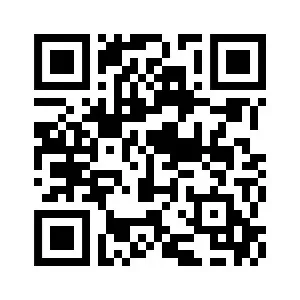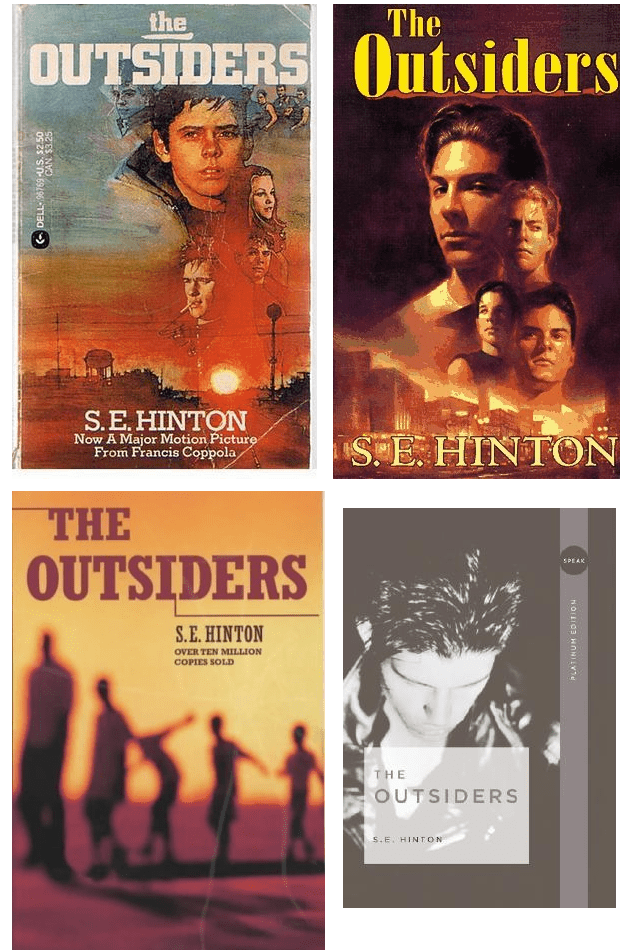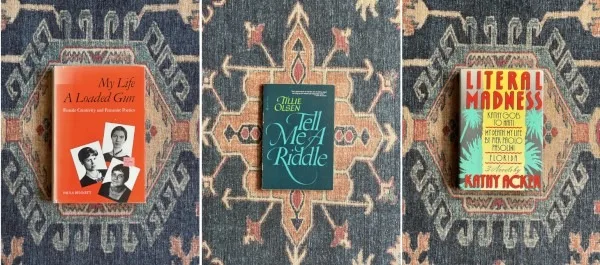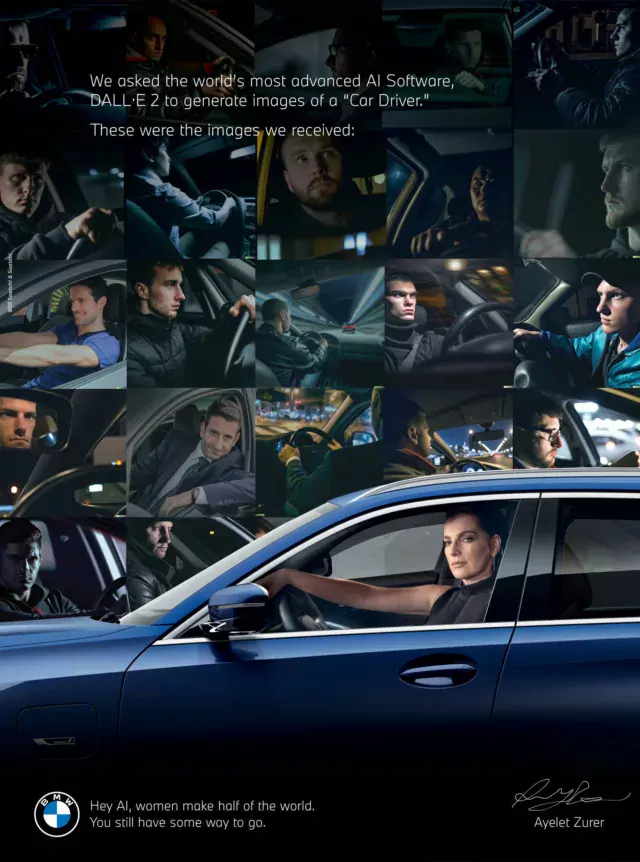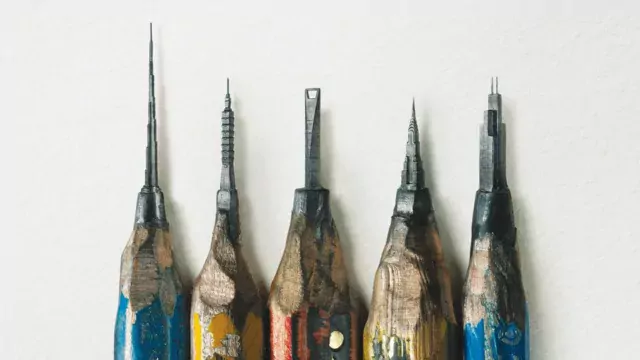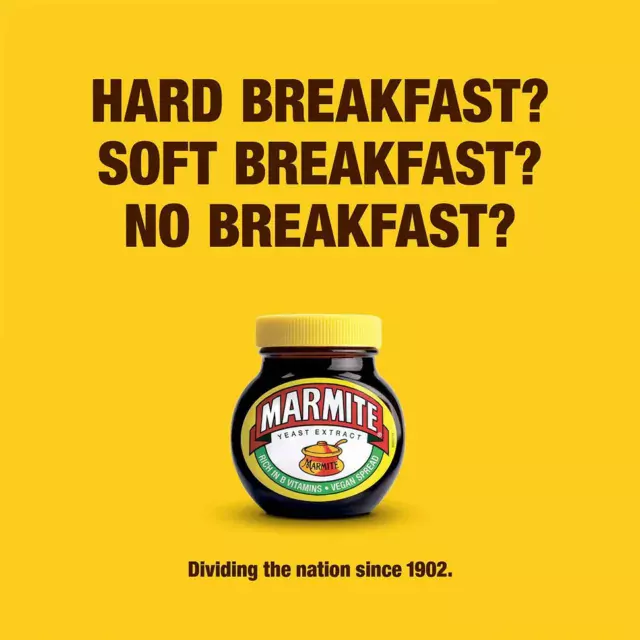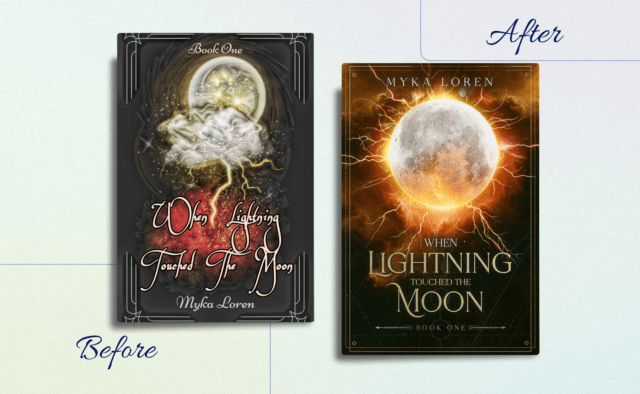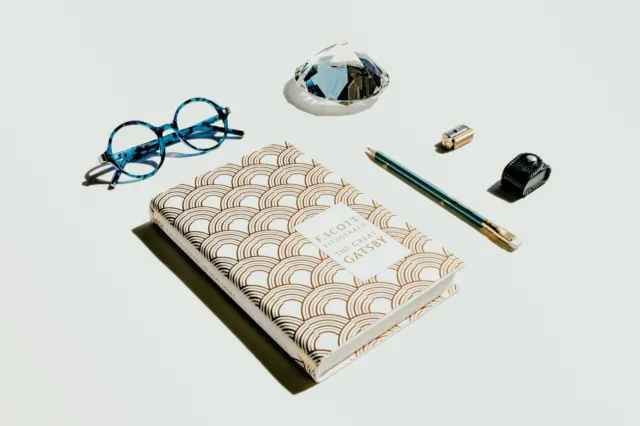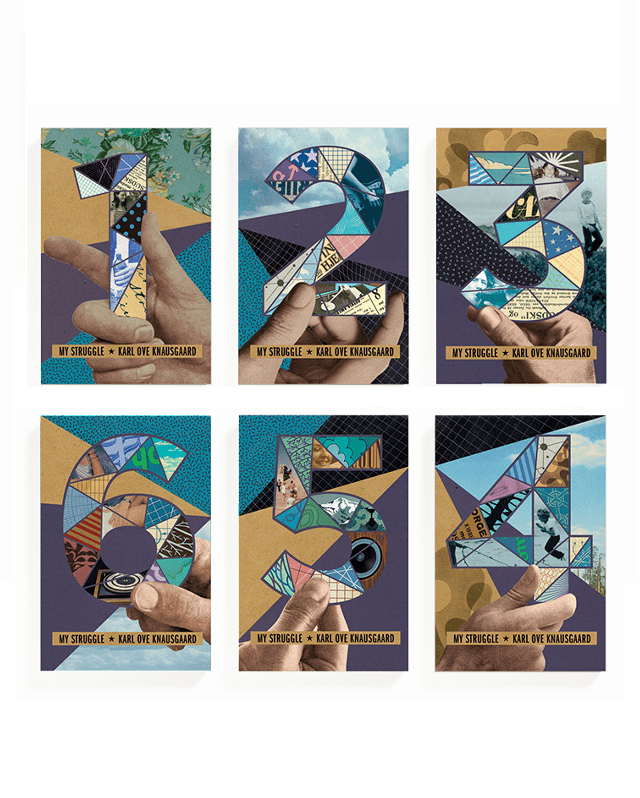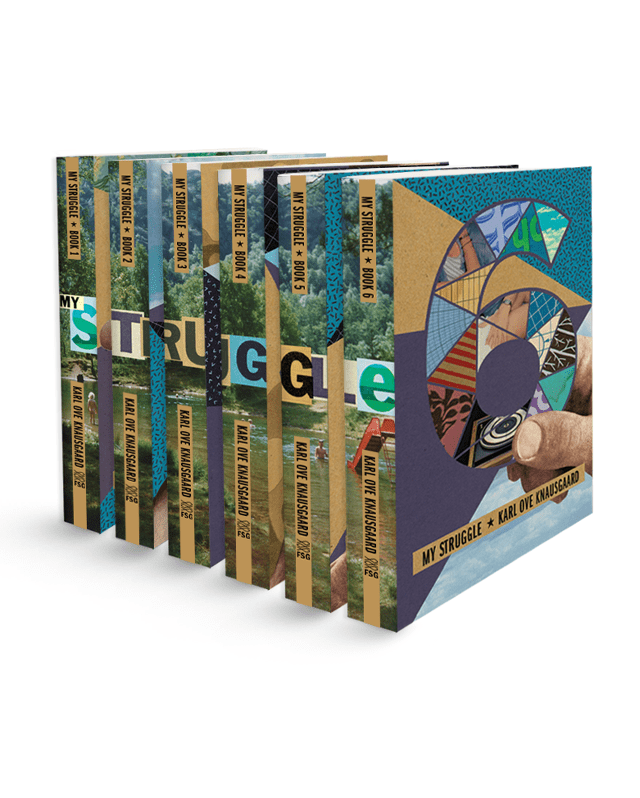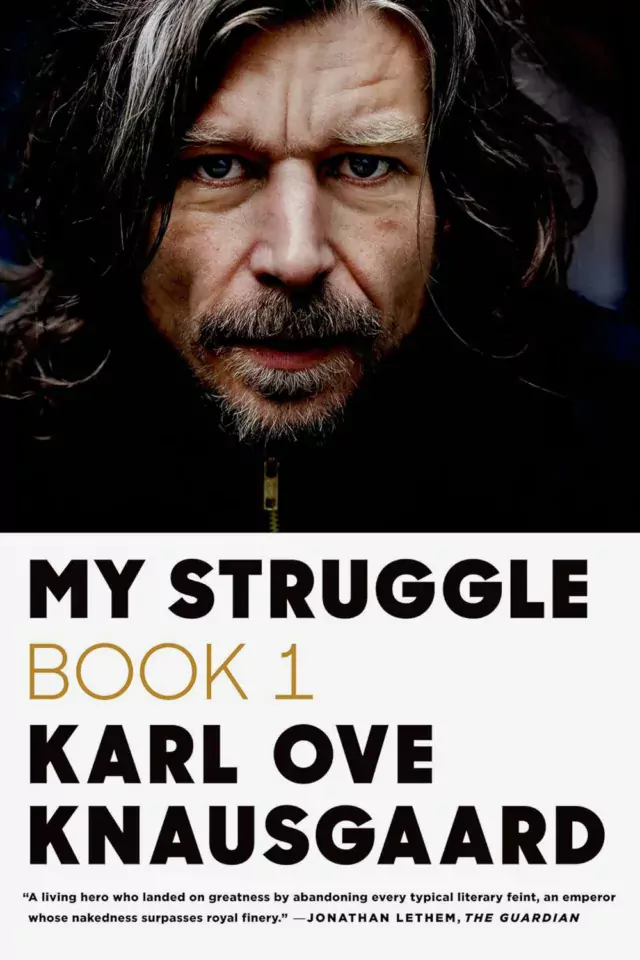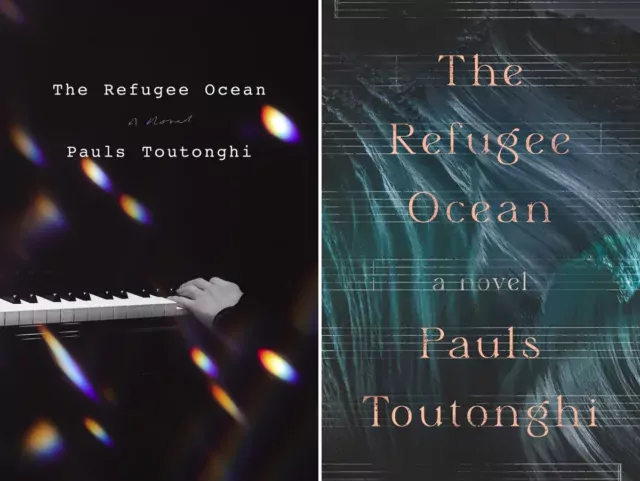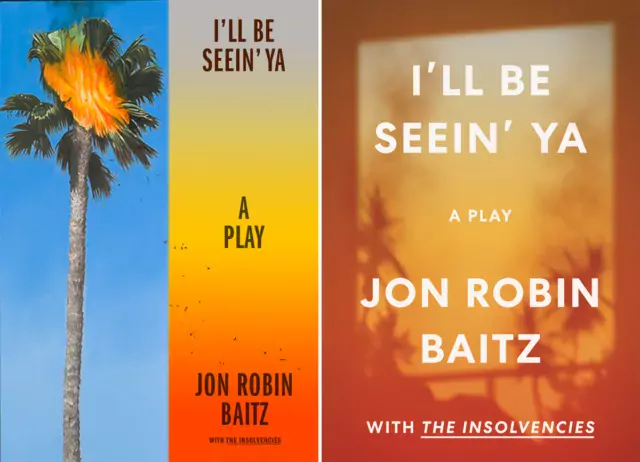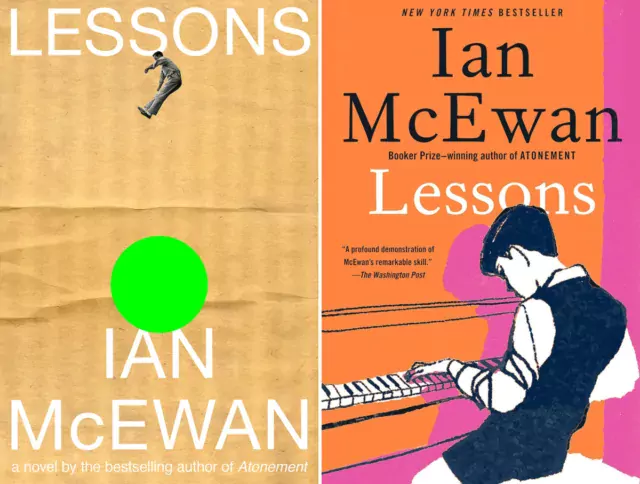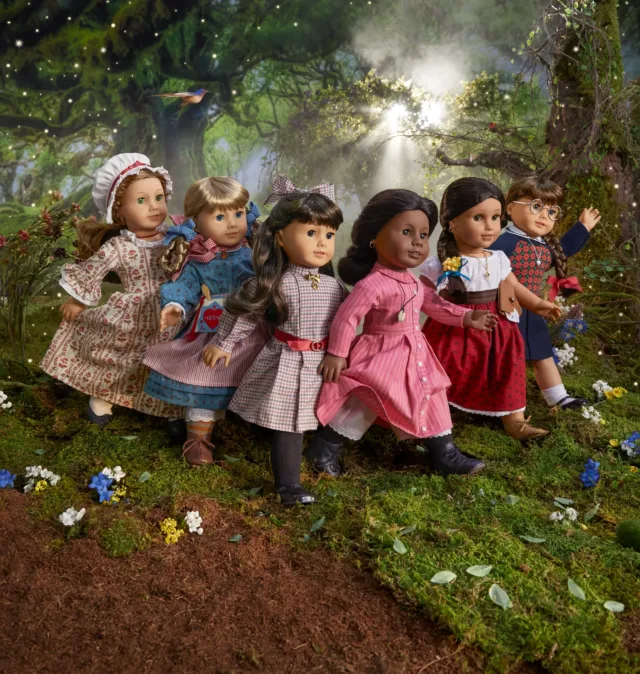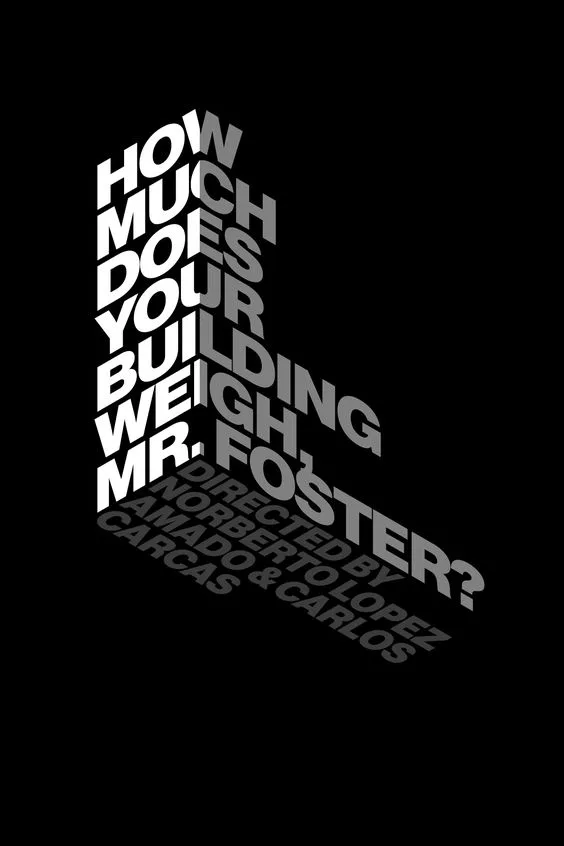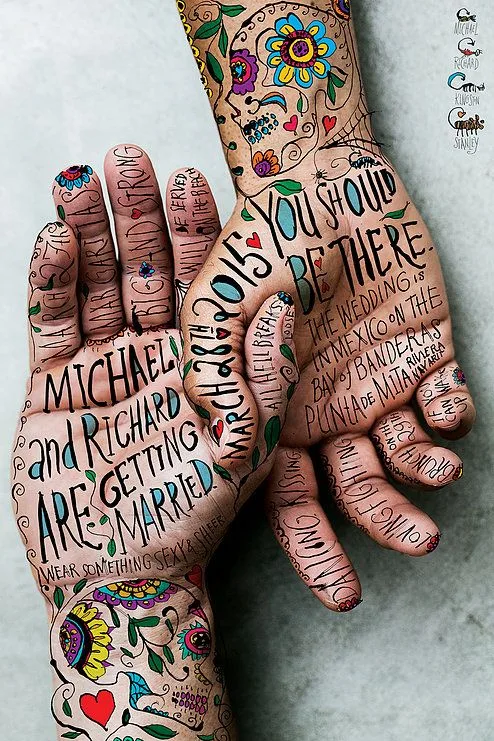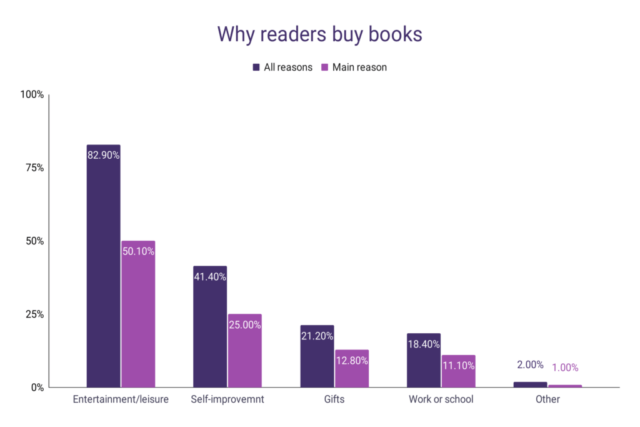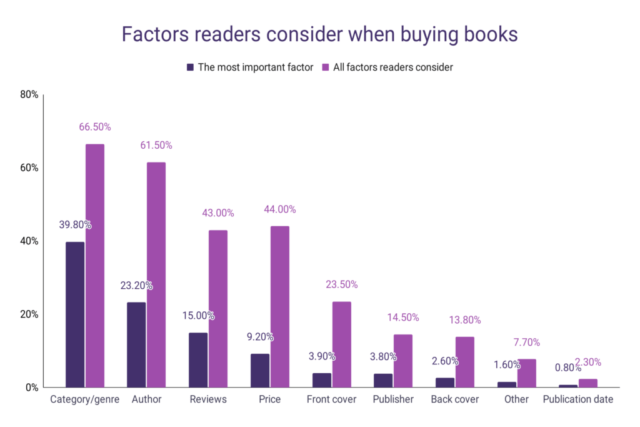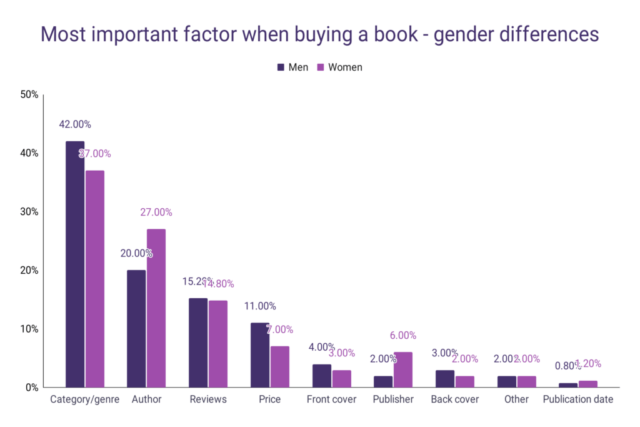From MSN:
Bestselling author J.D. Barker is facing scrutiny for a Jan. 23 email campaign sent to book influencers, asking them to take risqué videos with his latest book in exchange for payment.
“I cannot believe this is an actual email that I received this week from an author about making a promo video for one of their books,” TikToker Marissa Bologna said in a video, teeing up the latest controversy to take over BookTok, the bookish corner of the social media platform TikTok.
BookTok is known as a space for book influencers, enthusiasts and commentators to share their opinions on their latest reads and occasionally uncover controversy, like author Cait Corrain’s involvement in a Goodreads review bombing campaign in December 2023.
“BookTokers hold each other and authors accountable. We’re aware that it reflects the whole community,” 28-year-old BookToker Amanda Zarb says of the community’s reputation for making news.
However, Amanda Zarb distinguishes this from other instances of BookTok drama by classifying the email as “a safety concern.”
“At this point it’s the safety of the whole community,” Amanda Zarb, who received the email, says of the outpouring of videos. “The whole point was to make sure the community was aware this was happening.”
TODAY.com has reached out to Barker and publisher Hampton Creek Press for comment and has not heard back at the time of publication.
Barker apologized to recipients in an email reviewed by TODAY.com sent two days after the initial message. Barker said the first email “was not issued by me nor was it approved by me” but was “sent by one of the many PR firms I hired to promote my latest title.”
. . . .
Barker is a New York Times bestselling author of thrillers. The email, which has been reviewed by TODAY.com, was sent as part of a publicity campaign for Barker’s upcoming book “Behind A Closed Door,” about an “app craze” that sends couple Abby and Brendan Hollander “down a dangerous game of life and death.”
“When the app assigns them a series of increasingly taboo tasks, they soon find themselves caught up in a twisted web of seduction and violence in this sexually charged dark thriller from the New York Times bestselling author of ‘The Fourth Monkey’ — master of suspense, J.D. Barker,” the email reads.
The email was sent to BookTokers who could receive a free copy of the book and possibly payment, should they submit a video personally accepted by Barker.
. . . .
The controversy arose from the sexual nature of the email’s four video prompts, which appear to be inspired by the book’s content.
“This book is SPICY! Here are few video ideas currently in the works by other influencers,” the email read.
One prompt encourages BookTokers to post a video with the text, “Who doesn’t like to relax with a good book?” The accompanying video would be a “a camera pan up or down the body using only the book to cover up your naughty bits.”
Another prompt had the text, “What is the most taboo place you’ve ever had sex?”
“These are questions I’ve never received from a publisher, and never thought I would ever receive,” Amanda Zarb says of her reaction to the email. “That’s when it started and I was like, Hm. This is uncomfortable.”
. . . .
The campaign offered payment for videos that were selected via a submission process, the rationale being that Barker “understands how much work goes into those videos,” according to the email.
The payment scale ranged from $100 for accounts with 3,000 to 5,000 followers through $2,400 for those with upwards of 700,000 followers.
. . . .
In order to receive payment, users — after receiving a free book — had to upload a video for review.
“Barker will personally review each video and either approve it (triggering payment) or offer suggestions to get it approved. Once approved, you’re free to post,” the email read.
Book influencers are often given free books in exchange for a review, Liz Zarb confirms. She has also worked with publishers in exchange for compensation. In those cases, she submits the video to the publisher first.
“In those cases, it’s more an advertisement than an honest review,” she says. What made this ask a “gray area” is that in addition to the prompts, the videos weren’t called advertisements in the email.
One BookToker summarized the prompts and the payment scale as follows: “It blows my mind that they’re offering to pay BookTok creators for sexual content.”
TikToker @jerseybookguy equated it to “asking women to take their clothes off” to promote his book.
The email didn’t indicate what Barker or the publishing house planned to do with the videos. “The concern becomes, well, if my video isn’t approved, what are you going to do with it?” Liz Zarb says.
. . . .
Barker apologized “for the inconvenience this may have caused” in an email sent Jan. 25, two days after the first email.
In the three paragraph-long message, he explained the origin of the prompts and said he had “not approved” the email.
“The message you received from my account was not issued by me nor was it approved by me. It was sent by one of the many PR firms I hired to promote my latest title,” the email read.
“We are working with influencers on multiple social media campaigns and while some of those influencers have suggested racier posts to tie in with the theme of the book, that is not the heart of the campaign. The individual who edited this message chose to include these racier suggestions while editing out the others. Again, that was not the intent of the campaign. Had I seen this message before it went out, I would have stopped it.
“Ultimately, this is on me. I should not have allowed an outside firm access to my email account. That has been corrected,” he continued, before concluding, “I apologize for any inconvenience this may have caused you.”
Link to the rest at MSN and thanks to F. for the tip.
PG recalls that one of the services provided by PR firms and advertising agencies is to accept blame for a stupid decision by a client.
PG also notes that the author did not mention which PR firm was to blame for a message that “was not issued by me nor was it approved by me.”
Suspicious PG wonders why the author didn’t say that he had fired the PR firm for its terrible judgment nor did he say he insisted that the PR firm fire the nameless employee for her/his egregious decision-making that harmed a client of the firm.
PG was reminded of the old Sherlock Holmes short story titled “The Adventure of Silver Blaze” which featured “the dog that did not bark.”
Scotland Yard Detective Gregory: Is there any other point to which you would wish to draw my attention?
Holmes: To the curious incident of the dog in the night-time.
Gregory: The dog did nothing in the night-time.
Holmes: That was the curious incident.
